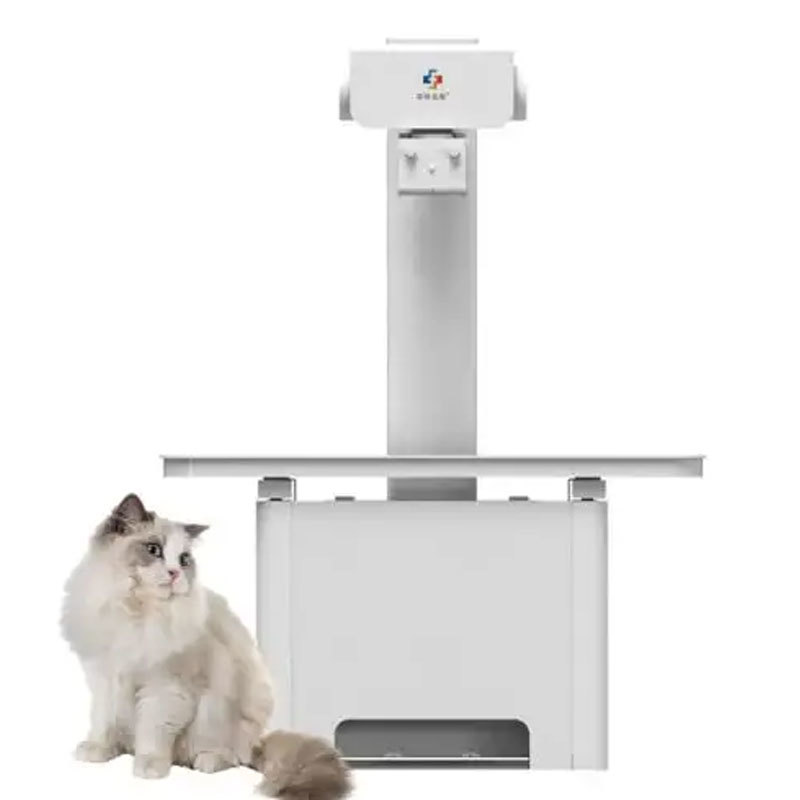Understanding the Role of Emergency Room X-ray Machines in Patient Care
Understanding the Role of Emergency Room X-ray Machines in Patient Care
The Importance of Diagnostic Imaging in Emergency Medicine
In the fast-paced environment of an emergency room (ER), the ability to quickly diagnose a patient’s condition is crucial. **X-ray machines** play a vital role in this process, providing immediate visual insights that assist healthcare professionals in making informed
Understanding the Role of Emergency Room X-ray Machines in Patient Care
The Importance of Diagnostic Imaging in Emergency Medicine
In the fast-paced environment of an emergency room (ER), the ability to quickly diagnose a patient’s condition is crucial. **X-ray machines** play a vital role in this process, providing immediate visual insights that assist healthcare professionals in making informed decisions. The rapid availability of diagnostic images can significantly impact treatment strategies and ultimately patient outcomes.
How X-ray Machines Function in an Emergency Room Setting
Basic Principles of X-ray Technology
X-ray machines operate on the principle of utilizing electromagnetic radiation to create images of the internal structures of the body. When X-rays pass through the body, different tissues absorb varying amounts of radiation. Dense materials, like bones, appear white on the X-ray film, while softer tissues appear in shades of gray or black. This contrast allows physicians to identify abnormalities and make critical diagnoses quickly.
Types of X-ray Machines Used in Emergency Departments
Various types of X-ray machines are employed in emergency departments, each designed for specific uses:
- Portable X-ray Machines: These compact devices are invaluable in emergency settings, allowing for immediate imaging of patients who may be critically ill or unable to move.
- Computed Radiography (CR): This technology offers digital imaging, enhancing the quality of X-ray images and streamlining the diagnostic process.
- Digital Radiography (DR): DR systems provide real-time images with improved efficiency, enabling faster diagnosis and treatment.
The Specific Applications of X-ray Machines in Emergency Care
Diagnosing Fractures and Dislocations
One of the most common uses of X-ray machines in the ER is for diagnosing fractures and dislocations. **Immediate imaging** allows doctors to assess the extent of injuries, which is crucial for providing appropriate treatment. Quick identification of fractures can guide decisions regarding surgical interventions or conservative management.
Evaluating Chest Pain and Respiratory Distress
Chest pain is a frequent complaint in emergency settings. **X-ray imaging** is instrumental in evaluating potential causes, such as pneumothorax, pneumonia, or cardiac issues. By quickly identifying respiratory conditions, healthcare providers can initiate timely interventions, significantly improving patient outcomes.
Assessing Abdominal Pain and Trauma
In cases of acute abdominal pain, X-ray machines aid in determining the cause, such as bowel obstruction or perforation. For trauma patients, X-rays can identify internal injuries that may not be immediately apparent, guiding appropriate surgical or medical management.
Monitoring Patients with Cardiac Issues
For patients presenting with cardiac concerns, **chest X-rays** can help visualize heart size, pulmonary vascularity, and other critical factors. This information assists healthcare professionals in evaluating the severity of the condition and making decisions about further diagnostic testing or treatments.
Enhancing Patient Safety and Care with X-ray Technology
Reducing Waiting Times and Improving Efficiency
In emergency departments, time is of the essence. The integration of X-ray machines significantly reduces waiting times for diagnostic imaging. With portable and digital systems, healthcare providers can obtain and review images promptly, allowing for quicker diagnosis and treatment initiation.
Decreasing Radiation Exposure
Modern advancements in X-ray technology have focused on minimizing radiation exposure to patients while maintaining high image quality. Techniques such as adjusting the dose based on patient size and using advanced imaging systems contribute to safer diagnostic practices.
Improving Diagnostic Accuracy
The accuracy of diagnoses made with X-ray imaging has improved significantly due to advancements in technology and training. High-resolution images provide clearer insights into a patient’s condition, ultimately leading to better treatment outcomes.
Challenges and Considerations in X-ray Usage
Potential Risks of X-ray Exposure
While X-ray machines are essential tools in emergency medicine, they come with inherent risks associated with radiation exposure. However, the benefits of obtaining critical diagnostic information often outweigh these risks. Healthcare providers must ensure that X-rays are used judiciously, employing protocols that minimize exposure wherever possible.
Need for Skilled Radiologic Technologists
The effectiveness of X-ray technology also relies on the expertise of radiologic technologists. These professionals must be skilled in operating the equipment and positioning patients correctly to obtain optimal images. Continuous education and training are essential to keep pace with advancements in X-ray technology.
Future Trends in Emergency Room X-ray Technology
Advancements in Imaging Techniques
As technology continues to evolve, the future of X-ray machines in emergency medicine looks promising. Innovations such as artificial intelligence (AI) and machine learning are being integrated into imaging systems to assist in interpreting results, potentially enhancing diagnostic accuracy and efficiency.
Telemedicine and Remote Imaging
The rise of telemedicine may also influence how X-ray imaging is utilized in emergency settings. Remote image analysis can facilitate quick consultations with specialists, ensuring that patients receive comprehensive care regardless of their location.
Common Questions About X-ray Machines in Emergency Medicine
1. Are X-ray machines safe for patients?
Yes, while X-ray machines use radiation, the levels are kept within safe limits. Modern technology also focuses on minimizing exposure.
2. How quickly can an X-ray be performed in the ER?
X-ray procedures can often be completed within minutes, and radiologists can typically interpret the results quickly to assist in patient care.
3. Can X-ray results change treatment plans?
Absolutely. X-ray results can provide critical information that may lead to alternative treatment strategies, ensuring patients receive the best possible care.
4. How often should X-rays be performed on patients?
The frequency of X-ray imaging depends on individual clinical needs. Healthcare providers assess the necessity based on symptoms, prior imaging results, and clinical judgment.
5. Will insurance cover X-ray procedures in the ER?
Most insurance plans cover X-ray procedures performed in emergency settings, but patients should verify their coverage details with their providers.
Conclusion
In summary, **X-ray machines** are indispensable tools in emergency rooms, facilitating swift and accurate diagnosis that significantly influences patient care. From assessing fractures to evaluating chest and abdominal pain, these machines enhance the efficiency of emergency medical services. As technology advances, we can anticipate further improvements in imaging techniques, patient safety, and diagnostic accuracy. The integration of X-ray technology into emergency medicine not only saves lives but also paves the way for more effective treatment protocols. Understanding their role is essential for both healthcare professionals and patients alike, ensuring that we continue to optimize emergency care for all.
TAG:
Related Posts
Understanding the Role of Emergency Room X-ray Machines in Patient Care
Understanding the Role of Emergency Room X-ray Machines in Patient Care
The Importance of Diagnostic Imaging in Emergency Medicine
In the fast-paced environment of an emergency room (ER), the ability to quickly diagnose a patient’s condition is crucial. **X-ray machines** play a vital role in this process, providing immediate visual insights that assist healthcare professionals in making informed




























